2002-11-07 10:36
Korean shipping firms devalued in stock market
The 2002 rates index has been continuously increasing and is expected to rise to the level profitability in the third quarter of 2002. Mr. Kunho Chang, an analyst from Kyobo Securities, pointed out that shipping companies have tried to hike rates and to solve vessel oversupply next year, returning the supply to proper levels for 2004. He estimated that though shipping companies improved profits rates increases, while Hanjin Shipping stock price increases didn't much reflect profits. Container vessel revenues accounted for around 80% of total sales amounts for Hanjin Shipping, and consequently reflected its total profitability. Bulk carriers, specific- bulk carriers, didn't have much influence on profitability of the company.
In short, the recovery of the container-carrier market is the most important part in order to elevate overall profitability for Hanjin Shipping, he said. Last year when the container and tramp liner market dropped sharply, Hanjin Shipping suffered a fall in sales profit in container shipments and saw losses in the tramp areas, as well. These specific carriers only accounted for 8% of total sales, which explains why they didn't much influence overall profitability, though its stability provided a cushion during rough maritime markets.
Container carrier rates drops were tough for Hanjin Shipping in the second half of 2001 and first half of 2002. Different from the first half of 2001 when container rates were strong, the company couldn't produce any sales profit, nor interest costs in the first half 2002 attaining 0.15% in sales profitability. So the company only made 24.9 billion won in sales profit during the whole year and recorded sales profitability of 0.57%.
In the mean time, severe imbalances in vessel supply and worries about declining cargoes are expected to be gradually solved in the second half this year. Since new vessel orders have decreased in the last two years and vessel deployment has declined, vessel oversupply is expected to normalize next year. Vessel supply recorded a 9.4% increase in 2001, while anticipated growth is 7% for 2002 and 2003 and 4.1% for 2004. Considering most large shipbuilding companies are currently securing vessel orders for 2004, it looks unlikely that growth in vessel supply will surpass the 4.1% mark. Having remained at a constant level for over a year, container rates are not enough to sustain profitability in spite of recent gradual increases. To solve the vessel supply imbalance, container rates will likely keep rising next year. After September when peak season surcharges ended, rates usually drop until the end of the year.
However, current container cargoes are expected to continue rising until November in the wake of US western port closures in October, causing rates to continue rising. This tendency will directly affect growth and profitability for Hanjin Shipping, said the analyst. Kyobo Securities expects that Hanjin Shipping will have a profitability margin of 3.45% in the second half this year, gaining 2.46% over the 0.99% for the same period of the previous year. Kyobo Securities estimates that Hanjin Shipping will grow rapidly in 2003 as container vessels and cargoes are forecast to increase greatly next year. Sales profits should increase to 228.9 billion won next year from 82.6 billion won this year, and are expected to exceed 300 billion won in 2004.
Hanjin Shipping owns 45 vessels and charters 90 vessels. Buying and chartering vessels has caused huge debts for many shipping companies. As of the end of June 2002, Hanjin Shipping was in debt for a total of 3.19 trillion won, mostly from purchasing vessels. On the other hand, chartering fees paid 631.1 billion won for the first half this year, 29% of all sales. Hanjin Shipping brings in 3.5 billion dollars of revenue on a yearly basis. As the won value has gone up, sales profitability has also improved.
On the other hand, won depreciation results in improving ordinary profits by increasing won-dollar exchange profits.
In short, the recovery of the container-carrier market is the most important part in order to elevate overall profitability for Hanjin Shipping, he said. Last year when the container and tramp liner market dropped sharply, Hanjin Shipping suffered a fall in sales profit in container shipments and saw losses in the tramp areas, as well. These specific carriers only accounted for 8% of total sales, which explains why they didn't much influence overall profitability, though its stability provided a cushion during rough maritime markets.
Container carrier rates drops were tough for Hanjin Shipping in the second half of 2001 and first half of 2002. Different from the first half of 2001 when container rates were strong, the company couldn't produce any sales profit, nor interest costs in the first half 2002 attaining 0.15% in sales profitability. So the company only made 24.9 billion won in sales profit during the whole year and recorded sales profitability of 0.57%.
In the mean time, severe imbalances in vessel supply and worries about declining cargoes are expected to be gradually solved in the second half this year. Since new vessel orders have decreased in the last two years and vessel deployment has declined, vessel oversupply is expected to normalize next year. Vessel supply recorded a 9.4% increase in 2001, while anticipated growth is 7% for 2002 and 2003 and 4.1% for 2004. Considering most large shipbuilding companies are currently securing vessel orders for 2004, it looks unlikely that growth in vessel supply will surpass the 4.1% mark. Having remained at a constant level for over a year, container rates are not enough to sustain profitability in spite of recent gradual increases. To solve the vessel supply imbalance, container rates will likely keep rising next year. After September when peak season surcharges ended, rates usually drop until the end of the year.
However, current container cargoes are expected to continue rising until November in the wake of US western port closures in October, causing rates to continue rising. This tendency will directly affect growth and profitability for Hanjin Shipping, said the analyst. Kyobo Securities expects that Hanjin Shipping will have a profitability margin of 3.45% in the second half this year, gaining 2.46% over the 0.99% for the same period of the previous year. Kyobo Securities estimates that Hanjin Shipping will grow rapidly in 2003 as container vessels and cargoes are forecast to increase greatly next year. Sales profits should increase to 228.9 billion won next year from 82.6 billion won this year, and are expected to exceed 300 billion won in 2004.
Hanjin Shipping owns 45 vessels and charters 90 vessels. Buying and chartering vessels has caused huge debts for many shipping companies. As of the end of June 2002, Hanjin Shipping was in debt for a total of 3.19 trillion won, mostly from purchasing vessels. On the other hand, chartering fees paid 631.1 billion won for the first half this year, 29% of all sales. Hanjin Shipping brings in 3.5 billion dollars of revenue on a yearly basis. As the won value has gone up, sales profitability has also improved.
On the other hand, won depreciation results in improving ordinary profits by increasing won-dollar exchange profits.
많이 본 기사
- 희망봉 우회로 컨선 16% 흡수…내년에도 계속된다‘가스공사 전용선 30% 점유’ 현대LNG해운 해외매각 시끌에미레이트쉬핑라인, 한국법인 출범 “韓 직항노선 확대 추진”국제물류업계, 광양항 마지막 배후단지 활용법 모색한다해양진흥공사, 해운항만물류기업 공급망 확보 지원 강화우수물류기업 인증 체감효과 낮아 “인센티브 확대 필요”‘일상이 된 물류시장 불확실성’, AI·친환경이 돌파구해수부, 내년 선원 최저임금 월 269만원…3.05%↑벌크선시장, 급등 이후 조정 '속도 조절 들어가나'2026 글로벌 공급망 전망과 한국 물류산업의 전략적 대응
- 2028년 유엔 해양총회 한국 유치 확정프랑스 CMA CGM, 동남아-인도 직항로 신설HMM, 연말 맞아 물품기부 캠페인 ‘아름다흠’ 전개해양진흥공사, “中 철광석 수입 증가” 배경 벌크선 운임지수 급등‘수요 둔화 지속’ 컨운임지수 한주만에 1300선으로 후퇴덴마크 노르덴, 남아공 소량화물 수송기업 인수 해양과학기술원, 日과 친환경 연안공간 만들기 '맞손'인사/ 팬오션해운협회, 부산항도선사회와 CCTV 활용 안전도선 업무협약DHL, 중동 두바이에 차세대 물류허브 개소







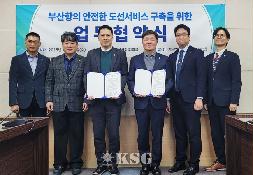
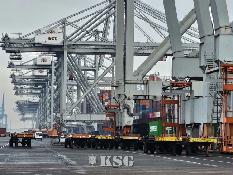

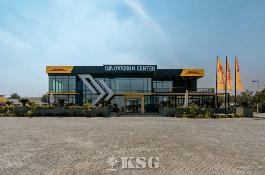
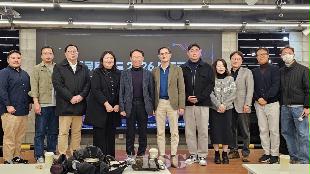
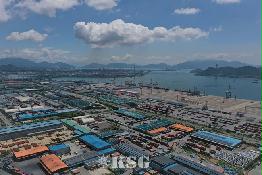

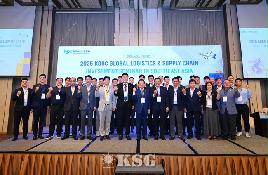

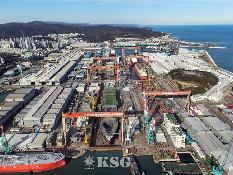

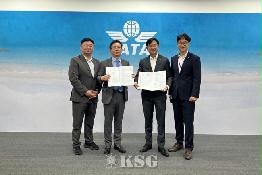
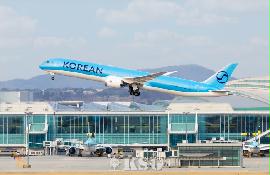
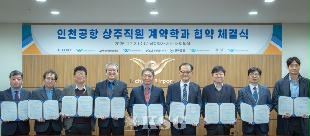

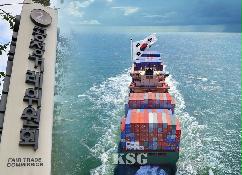
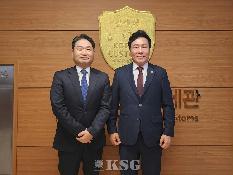
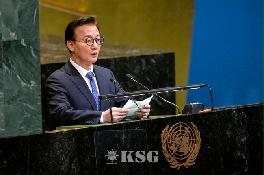

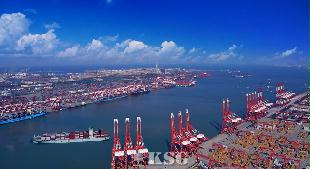
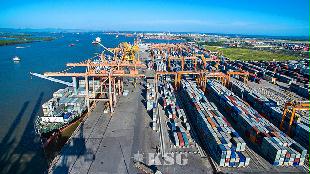
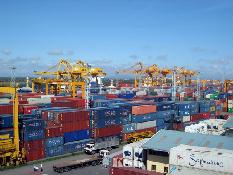






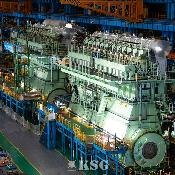
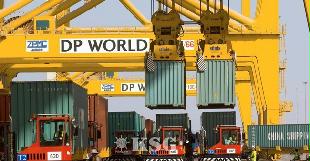
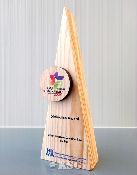
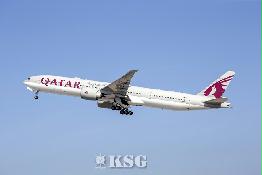
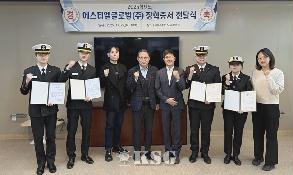






















0/250
확인